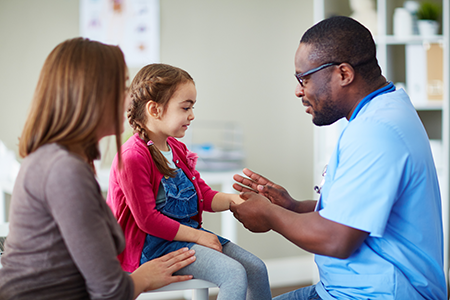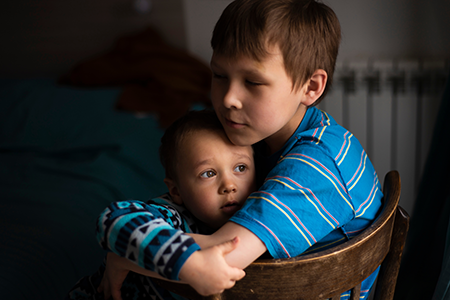The mental health of children is measured by looking at the percentage of children in three age groups (11, 13 and 15 year-olds) who reported feeling low more than once a week. The indicator used comes from the Health Behaviour in School-aged Children study (HBSC). This is a cross-national research study into the health and well-being of adolescents across Europe and North America, carried out by several research institutions together with the World Health Organization Regional Office for Europe. The study has been repeated every four years since the 1980s, with the latest data available corresponding to 2022.
Children were asked how often they had experienced feeling low in the last six months. When it comes to 11-year-olds, Italy was the country with the highest percentage of children (40.1%) reporting feeling low more than once a week. Austria recorded the lowest level (10%). Even though no EU27 average is available, the unweighted average (that is, giving the same weight to all countries regardless of population size) for the 27 Member States for which data are available was 18.6%.
For children aged 13, a similar picture emerges. Italy and Austria rank as the highest and lowest performers again, respectively, with the unweighted EU27 average amounting to 26.6%. Lastly, for children aged 15, the unweighted EU27 average was 32.7%. For this age group, Denmark recorded the lowest percentage, with Italy having once again the highest percentage.
Analysis over time of the share of children who reported feeling low
Data are available for all EU Member States in 2022, albeit no EU27 average is provided. The data for 2018 and 2014 do not include Cyprus.
A higher percentage of children aged 11 reported feeling low more than once a week in 2022 than in 2014. Disparities between countries have increased, as shown in the higher standard deviation. These changes over time can be described as downward divergence, since there is a worsening of the situation (more children reported feeling low in 2022 than in 2014) coupled with increasing disparities between the Member States.
In the case of 13-year-olds, the EU unweighted average has increased steadily between 2014 and 2022. The standard deviation has also increased over time, which can also be described as downward divergence.
For 15-year-olds, between 2014 and 2022, the EU unweighted average increased. The standard deviation decreased during the period. The change over time can thus be considered as downward convergence due to the worsening of the situation over time) and the decrease in disparities between countries.
Explore the data
 The European Child Guarantee outlines recommendations for Member States to support effective and free access to quality healthcare for children at risk of poverty or social exclusion. The analysis presented here covers infant mortality, mental health, reported levels of very good health and unmet healthcare needs among children.
The European Child Guarantee outlines recommendations for Member States to support effective and free access to quality healthcare for children at risk of poverty or social exclusion. The analysis presented here covers infant mortality, mental health, reported levels of very good health and unmet healthcare needs among children. 




